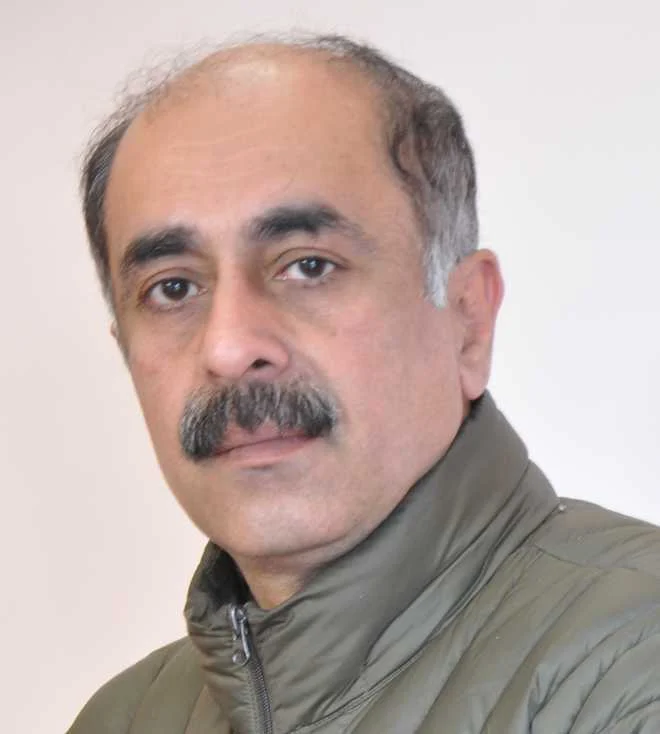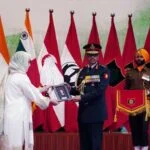By Robinder Sachdev
New Delhi, Sept 17 . As Prime Minister Narendra Modi completes nearly 12 years in office, India has transformed its position in global affairs, moving from the margins to becoming a central player in the evolving international order.
“The M&M Doctrine of Modi’s Foreign Policy: Margins to the Middle of the Matrix,” highlights how Modi’s leadership has repositioned India as a key node in global networks spanning technology, trade, climate, and security.
The shift has come as a a journey from the “margins” of world affairs in 2014 to the “middle” of the world matrix by 2025 — a fluid and multi-aligned global environment where strategic autonomy is essential.
Modi’s early years saw India assert its civilizational identity on the world stage through initiatives such as International Yoga Day at the United Nations and active engagement with the diaspora. The period also included substantive diplomatic and military actions, such as the 2015 land boundary agreement with Bangladesh, evacuations from conflict zones, and the surgical strikes in 2016 and Balakot air strike in 2019, signaling India’s readiness to defend its interests decisively.
The global upheaval caused by the COVID-19 pandemic and the Ukraine war required India to maintain strategic autonomy. “Modi strengthened ties with the United States through defence agreements like LEMOA, COMCASA, BECA, and iCET, placing India firmly in Indo-Pacific security dialogues.
Simultaneously, India deepened relations with Russia, has continued energy imports, enhanced defence cooperation with France, and engaged China within multilateral forums despite border tensions.
Under Modi’s leadership, India has begun shaping global norms and standards. During its 2023 G20 presidency, India brought the African union into the conversation and pushed agendas on supply-chain resilience and digital public infrastructure (DPI). Indian payment systems like UPI are being adopted internationally, while alliances such as the International Solar Alliance and the Coalition for Disaster Resilient Infrastructure emphasize coalition-building.
India’s diaspora has also become a strategic asset, enhancing India’s soft power. Recent actions, including Operation Sindoor and continued Russian oil imports despite international pressure, highlight India’s assertiveness as a hard power.
Despite these achievements, India faces ongoing challenges such as managing the China border dispute, expanding manufacturing capabilities, increasing maritime presence, and advancing a green energy transition.
India’s growing centrality in the global matrix signals its rising influence in shaping the future world order.
As Modi’s foreign policy enters a new phase, India is no longer on the sidelines but at the heart of global decision-making — helping to write the code of the emerging international system.
(The writer is President, The Imagindia Institute)
. MI PRS










